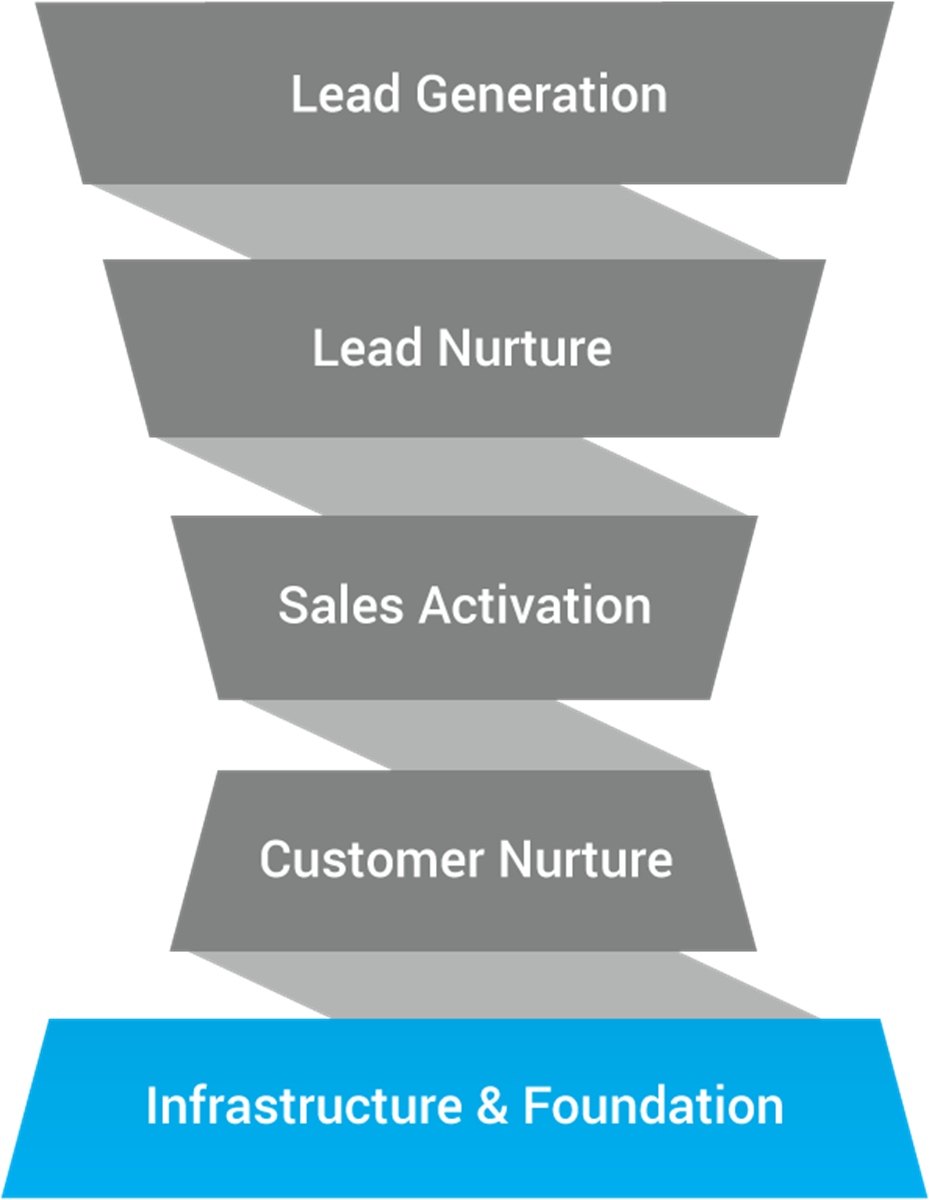Developing a sound marketing infrastructure is the foundation of a successful business. A strong infrastructure can help you measure the effectiveness of your marketing, and it can also drive new customer acquisition. A sound infrastructure includes a variety of components. Some of these include processes, tools, and people. The more well-established your infrastructure is, the faster you can bring in leads and convert them to sales.
Some of the key components of a marketing infrastructure include: technology, content, and the database. Technology helps businesses connect their entire marketing funnel, and it also allows businesses to automate various tasks. For example, some technology platforms will automatically post social media updates from blogs. Other tools can send targeted emails to prospects. A database can store important information about your customers. The database should include contact information and attribution tracking. The attribution tracking feature enables you to compare customers to specific marketing activities. This can help you determine how much customer acquisition costs.
The content that you create is another fundamental part of your marketing infrastructure. This includes articles, podcasts, and videos. Your content can serve multiple purposes, as it can establish your company’s expertise and build your personal brand. If you want to increase your organic search rankings, you should consider using blogs. You can use your blog to promote lead generation offers, build your personal brand, and provide valuable content to your readers.
This can also include a customer relationship management (CRM) system. CRMs help you track and nurture your prospects from initial contact to close. They can also be used to assign accountability for your growth objectives.
Other pieces of a marketing infrastructure can include email, social media, and first party data. This is the data you need to deliver your marketing to your target audience. Some firms formalize their marketing infrastructure with a “Service Level Agreement” – a tool that assigns accountability to your growth objectives.
Regardless of the size of your business, a marketing infrastructure is a critical part of your business’s success. Without a marketing infrastructure, your company may spend a lot of time, money, and effort trying to attract and convert potential customers. Investing in a marketing infrastructure is like building a road that can get your business where it wants to go. But if you don’t have a solid foundation, it can be extremely difficult to get there.
If you want to make sure that you are investing in the right resources, you should start by creating a budget based on your goals. You should also establish your priorities. Some small businesses focus on advertising, while others rely on word-of-mouth referrals. You should then decide which type of investment is best for your business.
A sound marketing infrastructure should include an eNewsletter, as well. A well-developed eNewsletter can offer endless strategic possibilities. For example, you could segment your audience and offer different offers to each segment. This is a good way to ensure that you are reaching the audience you most need.


